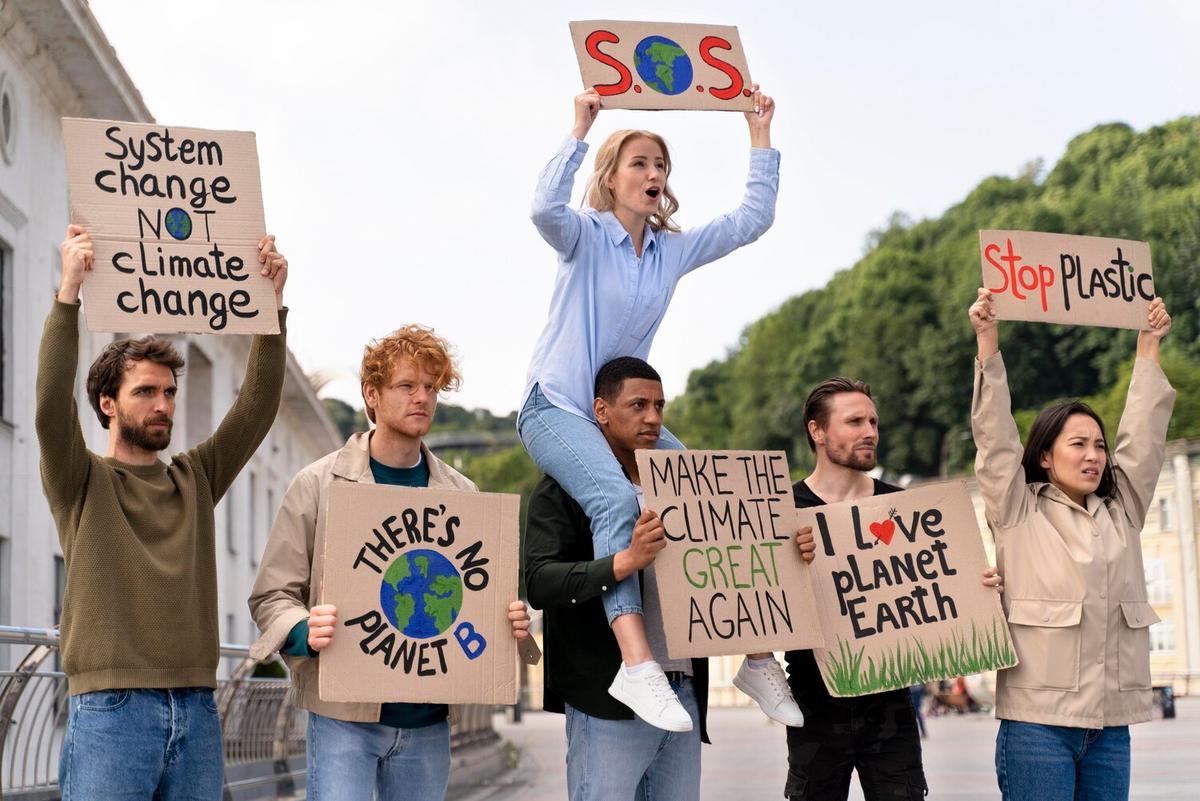Climate change presents two primary paths for addressing its challenges: adaptation and mitigation. Both strategies play crucial roles in our response to a warming planet, but they serve distinct purposes.
Understanding the difference between adaptation and mitigation is key to implementing effective climate policies. Adaptation involves making adjustments to social, economic, and environmental practices to minimize the impacts of climate change. This might include building flood defenses, creating drought-resistant crops, or developing early warning systems for extreme weather events.
Adaptation Strategies
Adaptation strategies are essential for communities already experiencing the effects of climate change. According to the Intergovernmental Panel on Climate Change (IPCC), successful adaptation strategies often involve a combination of traditional knowledge and modern technology. For instance, coastal communities might combine ancient practices of mangrove planting with contemporary engineering solutions to combat rising sea levels.
Expert Opinions
“Adaptation is about anticipating the unavoidable changes and preparing for them,” says Dr. Maria Blanco, a climate policy expert. “It’s about resilience and reducing vulnerability.”
Statistics and Findings
A report by the World Resources Institute highlights that every dollar invested in adaptation can yield up to four dollars in benefits, emphasizing the economic advantages of proactive adaptation measures.
Mitigation Strategies
Mitigation, on the other hand, focuses on reducing the greenhouse gases that contribute to climate change. This can be achieved through various means such as transitioning to renewable energy, enhancing energy efficiency, and promoting sustainable transportation.
Examples of Mitigation
- Adopting solar and wind energy solutions
- Implementing stricter emissions regulations
- Encouraging afforestation and reforestation
These approaches not only lower emissions but also create jobs and promote sustainable economic growth.
Pro Tip
Engage with local communities to understand their unique challenges and leverage their insights for more effective adaptation and mitigation strategies.
Comparison Table: Adaptation vs. Mitigation
| Aspect | Adaptation | Mitigation |
|---|---|---|
| Objective | Deal with effects | Reduce causes |
| Focus | Local impacts | Global emissions |
| Timeframe | Immediate to short-term | Long-term |
| Examples | Flood defenses, drought-resistant crops | Renewable energy, afforestation |
| Economic Impact | Costly but necessary | Potential for savings |
| Implementation | Community-driven | Policy-driven |
| Effectiveness | Reduces vulnerability | Reduces emissions |
| Challenges | Resource allocation | Political will |
Taking Action
Both adaptation and mitigation require concerted efforts from governments, businesses, and individuals. Here are some actionable steps:
- Support policies that promote renewable energy and energy efficiency.
- Participate in local initiatives to prepare for climate-related impacts.
- Educate yourself and others about the importance of both strategies.
FAQ
What is the main difference between adaptation and mitigation?
Adaptation focuses on adjusting to the effects of climate change, while mitigation aims to reduce the causes by lowering greenhouse gas emissions.
Can adaptation and mitigation be implemented together?
Yes, both strategies are complementary and essential in addressing climate change effectively.
Why is mitigation considered a long-term strategy?
Mitigation addresses the root causes of climate change, which requires sustained efforts over a longer period to achieve significant reductions in emissions.
In conclusion, while adaptation helps communities manage the immediate impacts of climate change, mitigation is crucial for preventing further damage. By integrating both strategies, we can build a more resilient and sustainable future. Encouraging action at all levels—from individual choices to comprehensive policies—is essential in this global effort.




Leave a Reply